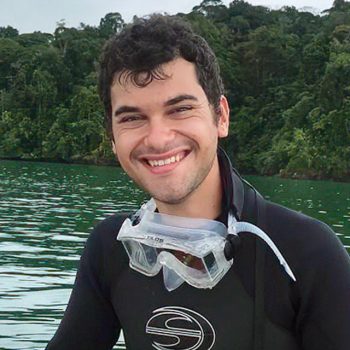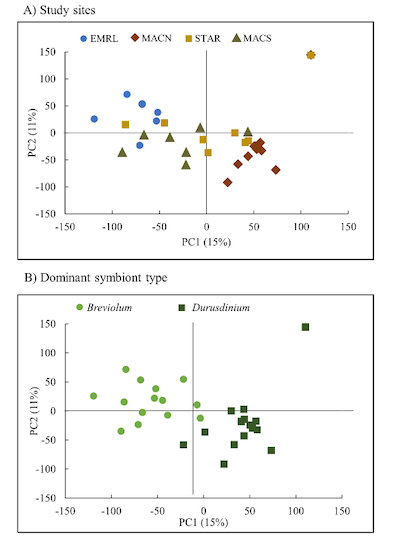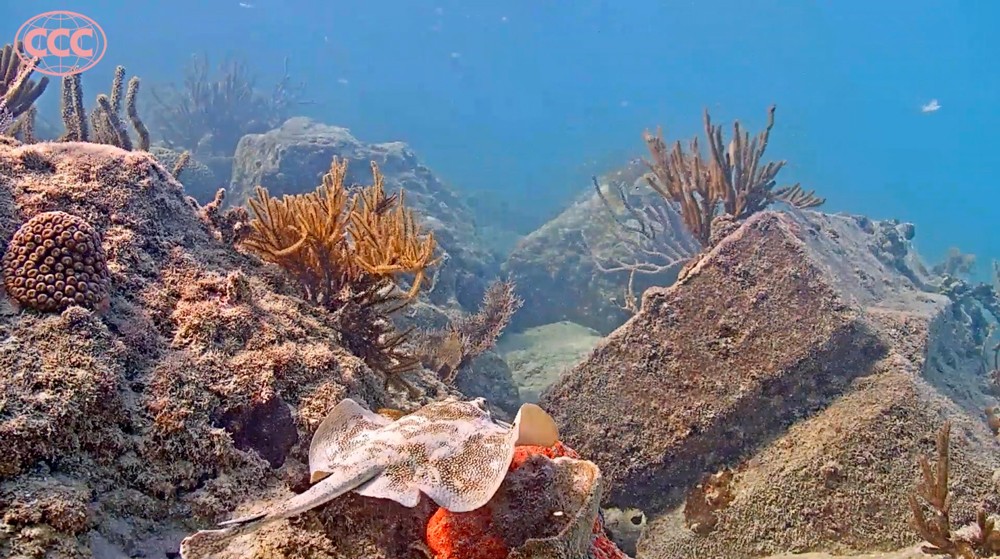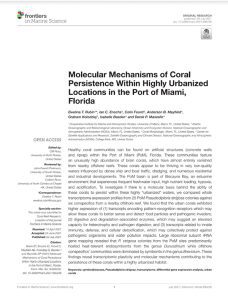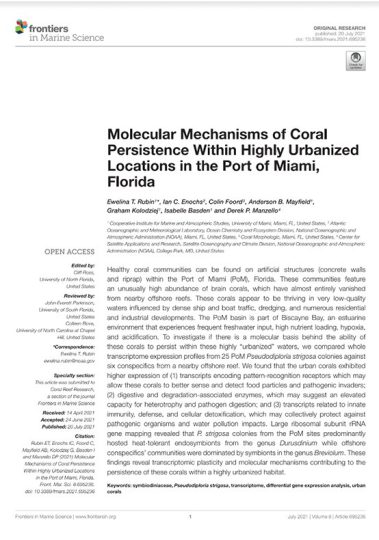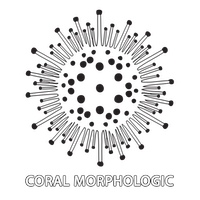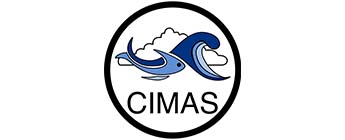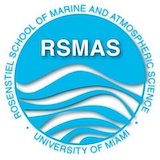Urban Corals in the Port of Miami
Support Conservation and Restoration Initiatives
SCROLL TO LEARN MORE
Who We Are
What We Do
Coral reefs worldwide are declining at alarming rates, therefore it is a priority to identify naturally-resilient coral populations to support conservation and restoration initiatives. Specifically, there is a need to characterize genotypes that can survive future climate scenarios, and to understand the mechanisms responsible for their growth and survival in adverse conditions. Marginal environments are hypothesized to be a source of potentially resilient corals, as these reefs experience high environmental variability, including rapid swings in temperature, salinity, and water quality. With variable environmental parameters and frequent disturbance due to coastal development, commercial shipping, and dredging activities, the Port of Miami inner harbor represents one such habitat.
Corals have been discovered on various constructed substrates in the port, such as seawalls and rip-rap, and have been shown to be remarkably persistent in the face of thermal stress, sedimentation, and disease events.
AOML’s Coral Program has ongoing studies at several of these ‘urban coral’ sites to 1) characterize environmental and oceanographic conditions, 2) identify differences at the molecular level among urban corals and corals from natural offshore reefs, and 3) map benthic habitats and quantify community composition.
Read More News
Research Impacts and Key Findings
Four years of Urban Coral Monitoring and Research
Through collaborations with CIMAS and Coral Morphologic, AOML researchers have been studying urban coral habitats in the Port of Miami since 2018, including environmental monitoring, community characterization, and molecular data. This has also resulted in the establishment of the Coral Urban Research Experimental Site coral nursery in the Port.
AOML Designated a Coral Nursery by FWC
Following the collapse of a seawall on Star Island in June 2022 that was host to numerous urban coral colonies and an AOML long-term monitoring site, AOML was classified as a coral nursery as part of their emergency response and coral rescue efforts. AOML researchers rescued 43 coral colonies in collaboration with UM partners, which will support research and restoration initiatives.
Port of Miami Coral Monitoring
Since August 2018, we have monitored environmental conditions at three urban coral sites and one offshore control site using in situ instrumentation (pH, total alkalinity, temperature, salinity, current, PAR, and oxygen instruments). Subsurface Auto Samplers (SAS) developed using the Advanced Manufacturing and Design Lab (AMDL) collect discrete water samples bimonthly while other instruments continuously record environmental conditions. These data are used to identify key environmental differences among urban and offshore reef sites, and provide context to field- and lab-based experiments to assess coral health and survival. Starting in August 2020, we have also deployed a suite of instruments at both Rainbow and Emerald Reef, to provide comparisons among urban and offshore monitoring sites. In addition to environmental monitoring efforts at these sites, we collect quarterly photos for the construction of benthic photomosaics. These mosaics enable us to map relatively large areas (~60–100 m2 for each site) of reef in a single georeferenced space, allowing comparisons of coral cover, species diversity, coral demographics, and disease/health status through time.
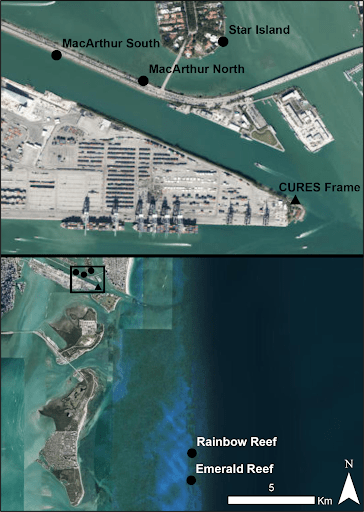
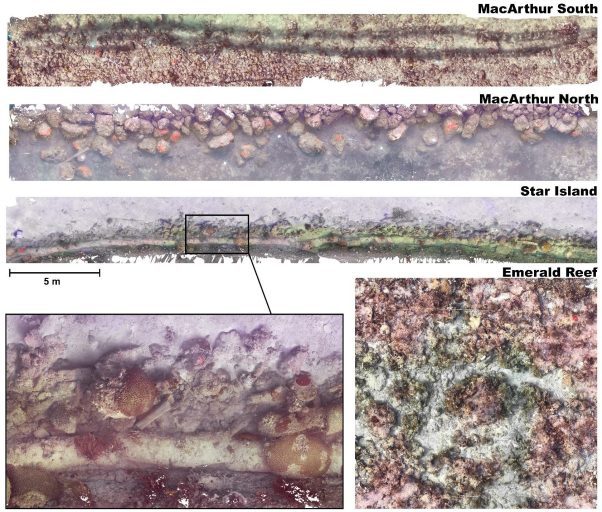
Gene Expression Profiling of Urban and Offshore Populations
In order to better understand how urban corals are able to survive in such variable environmental conditions, we are applying cutting-edge ‘omics approaches to examine coral performance and resilience at molecular levels. In this project, we are using comparative gene expression profiling to identify differences among urban and offshore Pseudodiploria strigosa corals in their natural environments. We have identified gene pathways related to heterotrophic feeding, pathogen recognition, and immune activity that may allow urban corals to not only survive, but thrive in the Port of Miami. We have also identified that urban corals may have more diverse algal symbiont communities, which can in some cases confer resilience to environmental stress. With these data and future genotyping and stress-testing experiments (see Urban Coral Resilience and Relocation below), we can determine whether corals in this marginal environment are uniquely adapted to cope with anthropogenic stress including future climate scenarios, and if they are of value to restoration initiatives.
The image on the right shows the similarity of 31 individuals of P. strigosa based on the entire transcriptome’s expression levels (39,321 protein-coding sequences). Samples are color and symbol coded by the origin of study location A) and by dominant symbiont type B).
Urban Coral Resilience and Relocation
While coral persistence and survival despite variable environmental conditions in the Port of Miami suggests that urban corals are resilient in the face of stress, there is a need to understand the physiological differences between urban and offshore corals, and the molecular mechanisms that convey resilience. In a lab-based study funded by the National Marine Fisheries Service (NMFS), we are stress-testing urban and offshore corals with thermal and ocean acidification stress challenges in the Experimental Reef Laboratory (ERL). Through this experiment, we expect to determine the relative tolerances of local corals to concurrent stress events, and will use gene expression profiling to identify molecular differences between urban and offshore corals. As part of this same study, we are also evaluating the efficacy of coral relocation among urban sites as a mitigation strategy to ongoing construction and development activities in the Port of Miami.
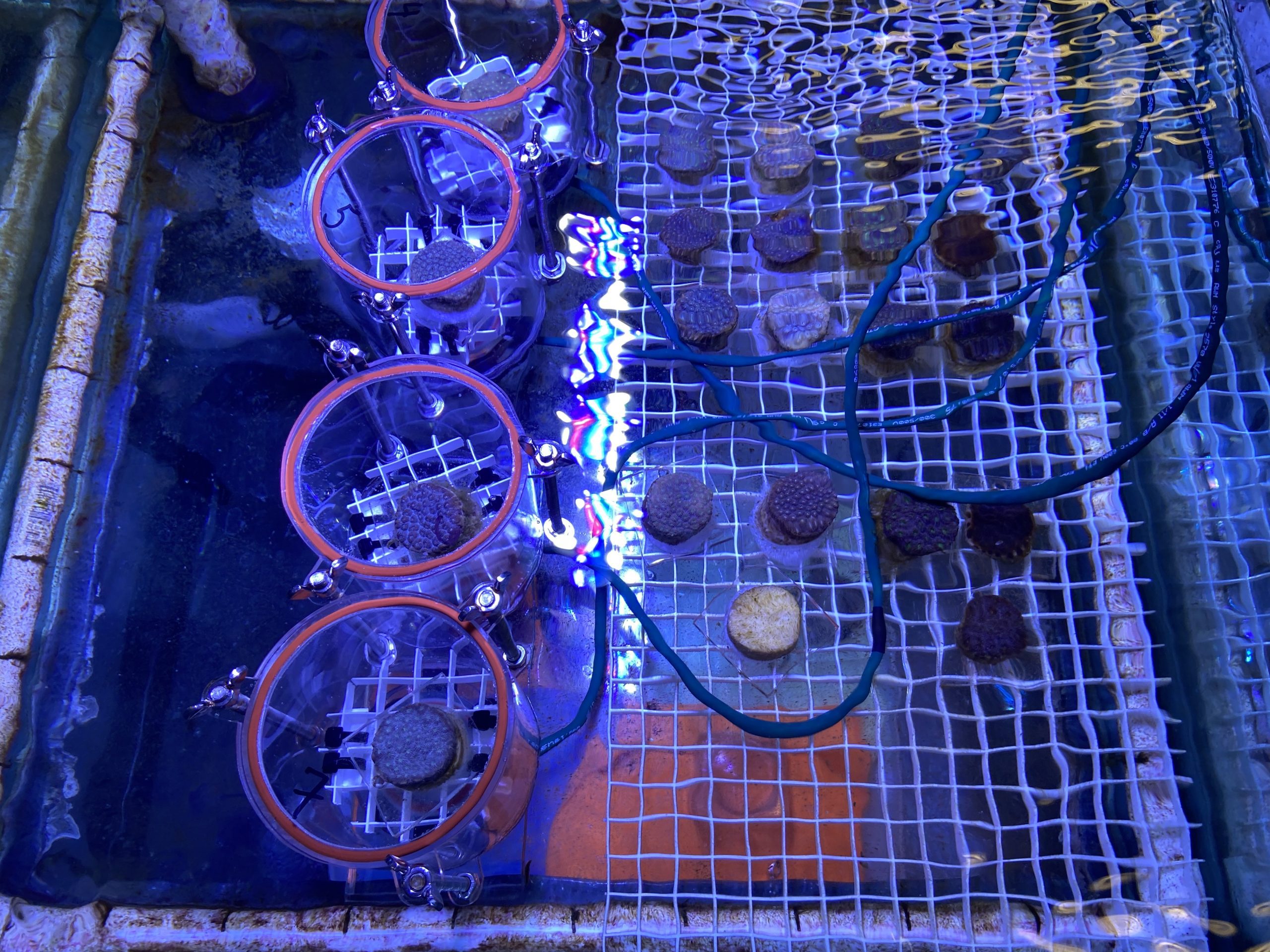
Caption: Coral cores of the species Orbicella faveolata collected from the urban and natural reef sites being evaluated for growth rates under stress using chamber incubations.
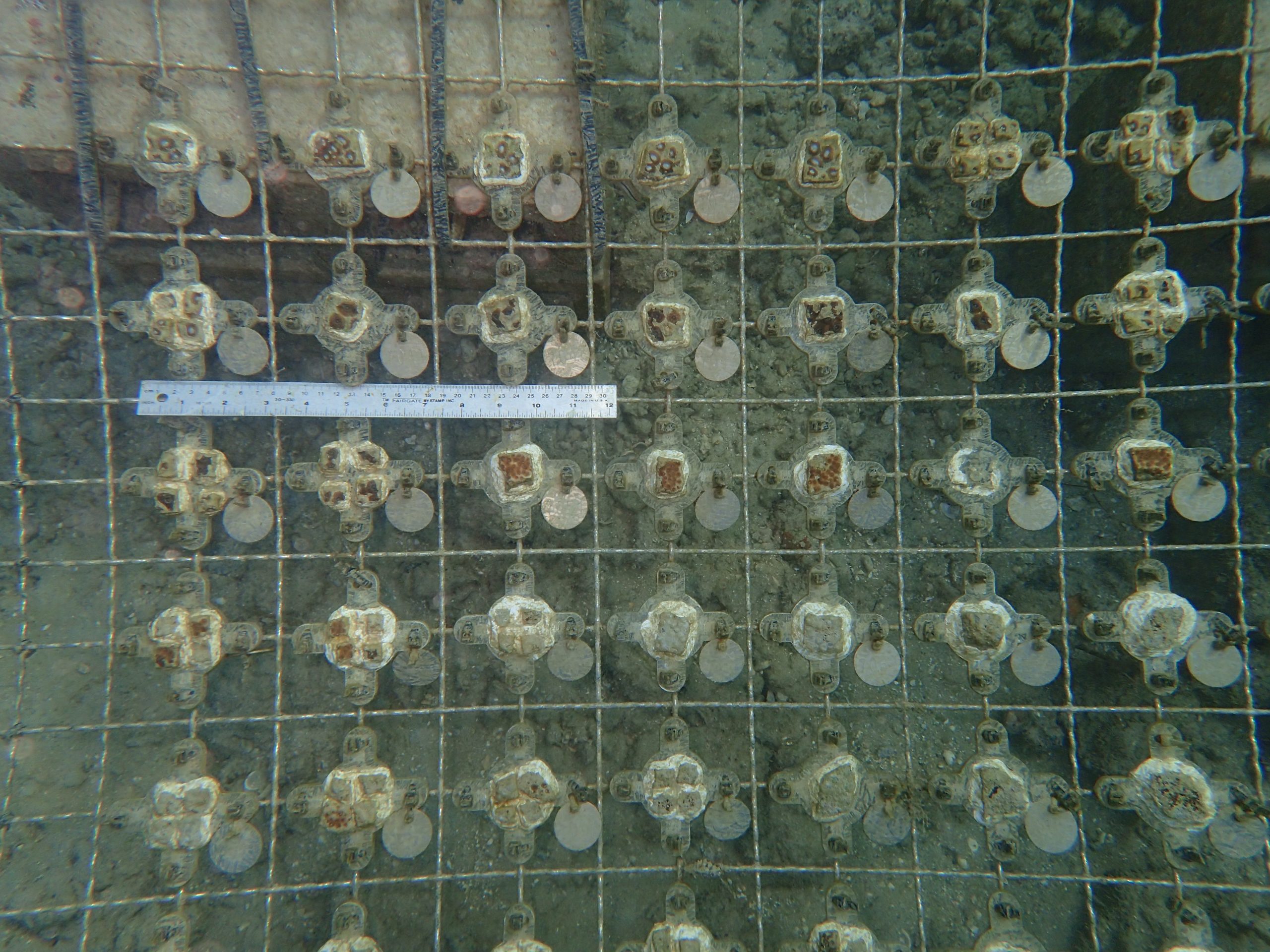
Caption: Coral fragments of the species O. faveolata, Montastraea cavernosa, Pseudodiploria strigosa, and Porites astreoides relocated from Fisher Island to the CURES frame in December 2020.
Coral Urban Reef Experimental Site (CURES)
As the Port of Miami remains an active commercial and industrial port, continued growth requires environmental mitigation, including the relocation of urban corals prior to new construction projects. The Coral Urban Reef Experimental Site (CURES) was established in the Port of Miami near our urban monitoring sites initially as a proof of concept that coral survival in urban environments was possible following relocation. Now, we have expanded our nursery frame infrastructure to support various research projects, including Urban Coral Resilience and Relocation described above. These frames also provide valuable space to house corals for future experiments.
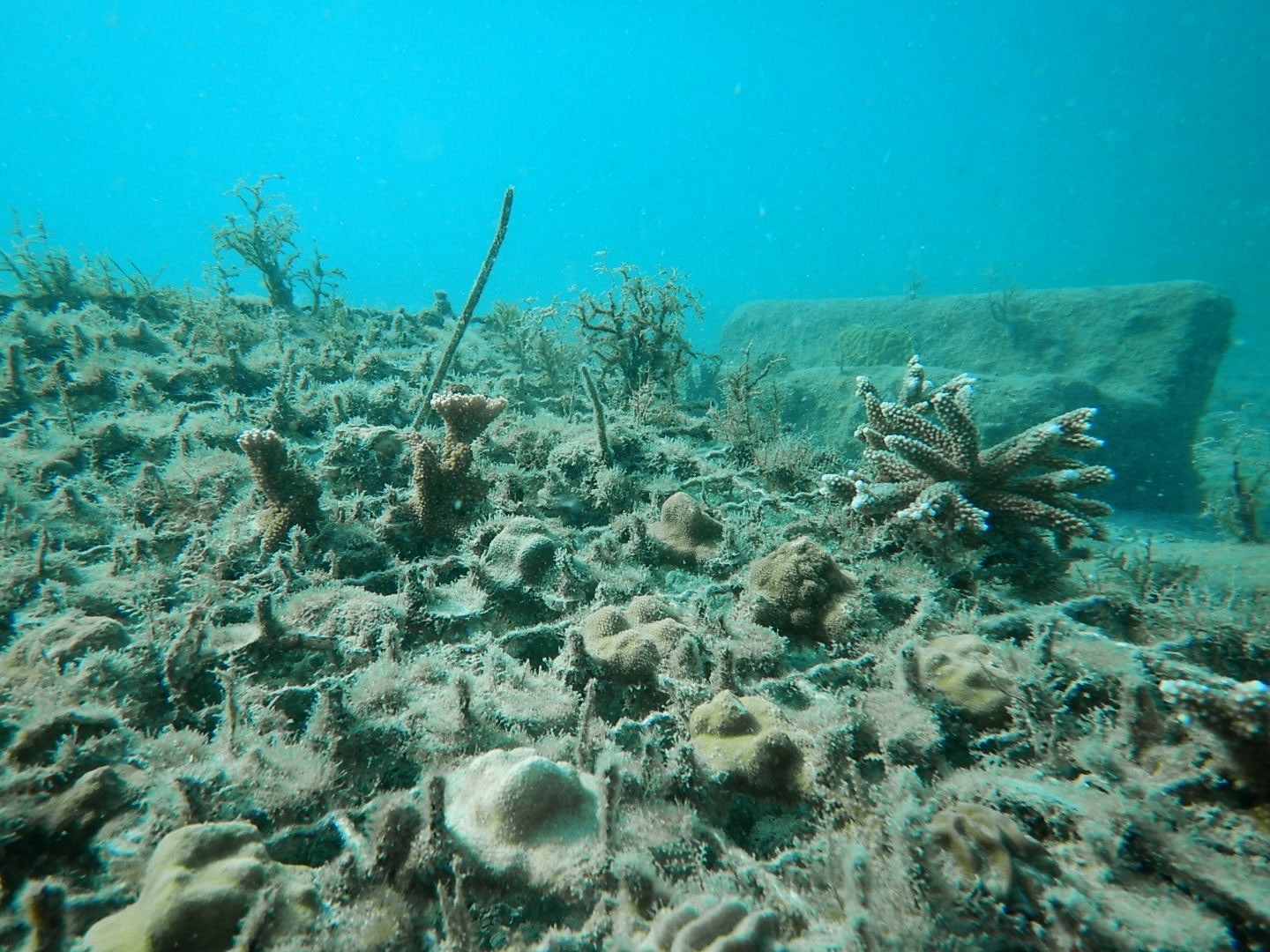
Caption: Coral Urban Reef Experimental Site (CURES) frames deployed in the Port of Miami.
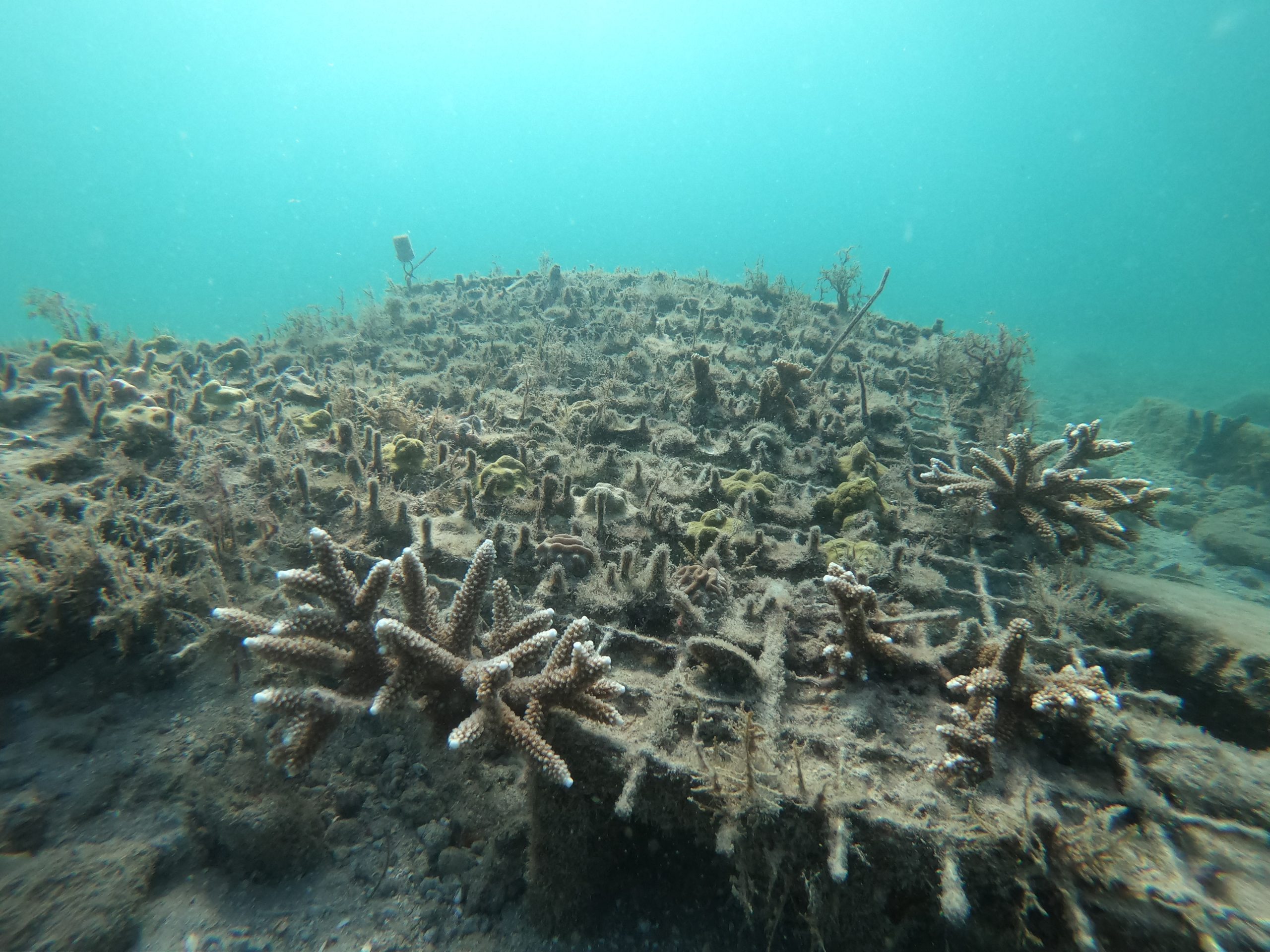
Caption: Small fragments of the species P. strigosa and Acropora prolifera that were transplanted to the CURES frames in (date).
Exploring Urban Corals in
The Coral City Camera
In collaboration with Coral Morphologic, a coral-themed art studio based in Miami, we have assisted in the deployment of the Coral City Camera (CCC), an underwater camera streaming live from an urban coral reef in Miami, Florida. The CCC is a public art and scientific research project led primarily by Coral Morphologic, and produced with Bridge Initiative and Bas Fisher Invitational. In addition to the Coral City Camera’s intrinsic value with scientific outreach and entertainment, it has quickly become a valuable resource for local scientists. To date, the CCC has observed an incredible diverse array of species, including 80+ fishes and 20+ invertebrates. The CCC has also brought international attention to the issues faced by urban corals in the Port of Miami.



